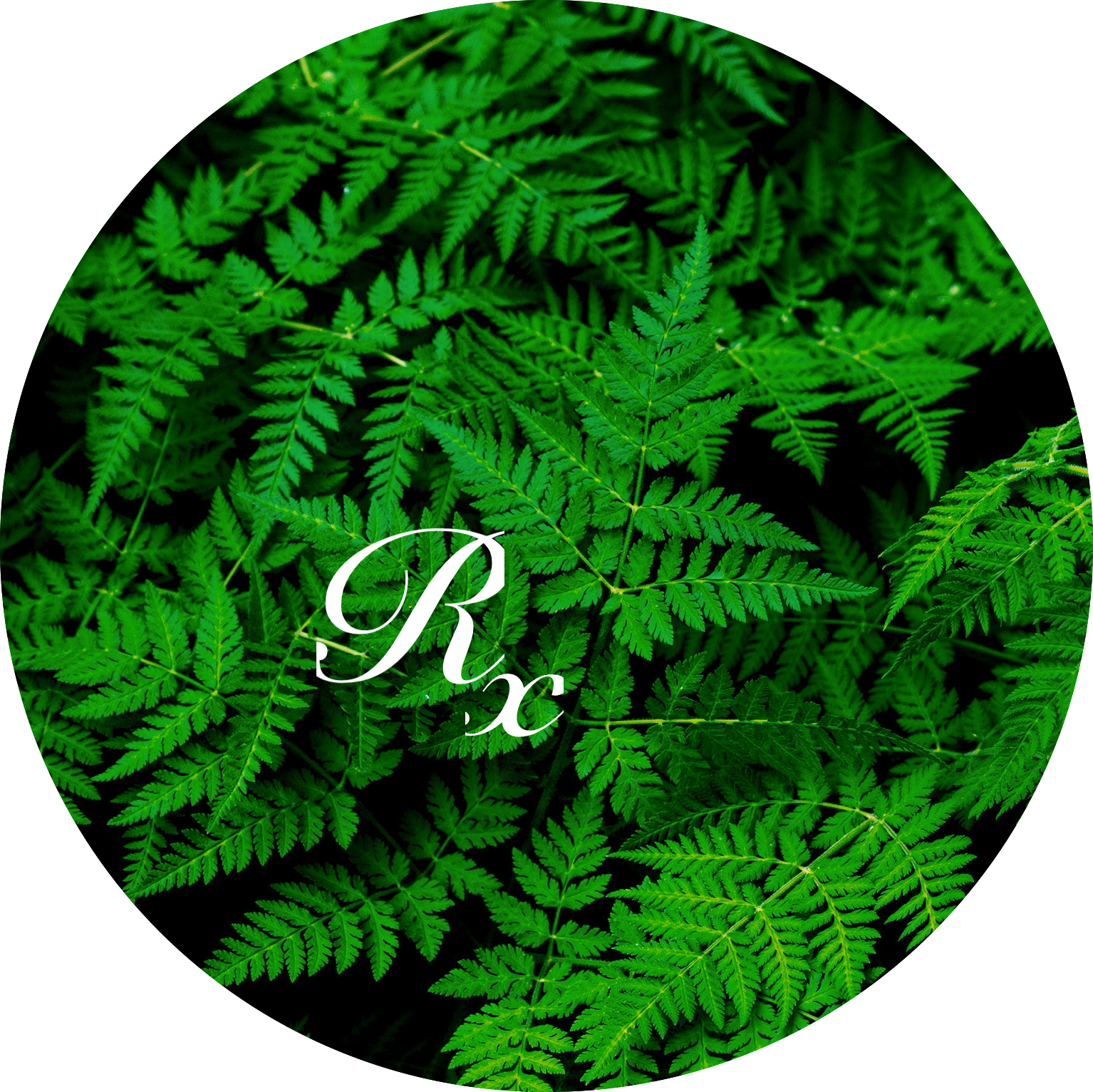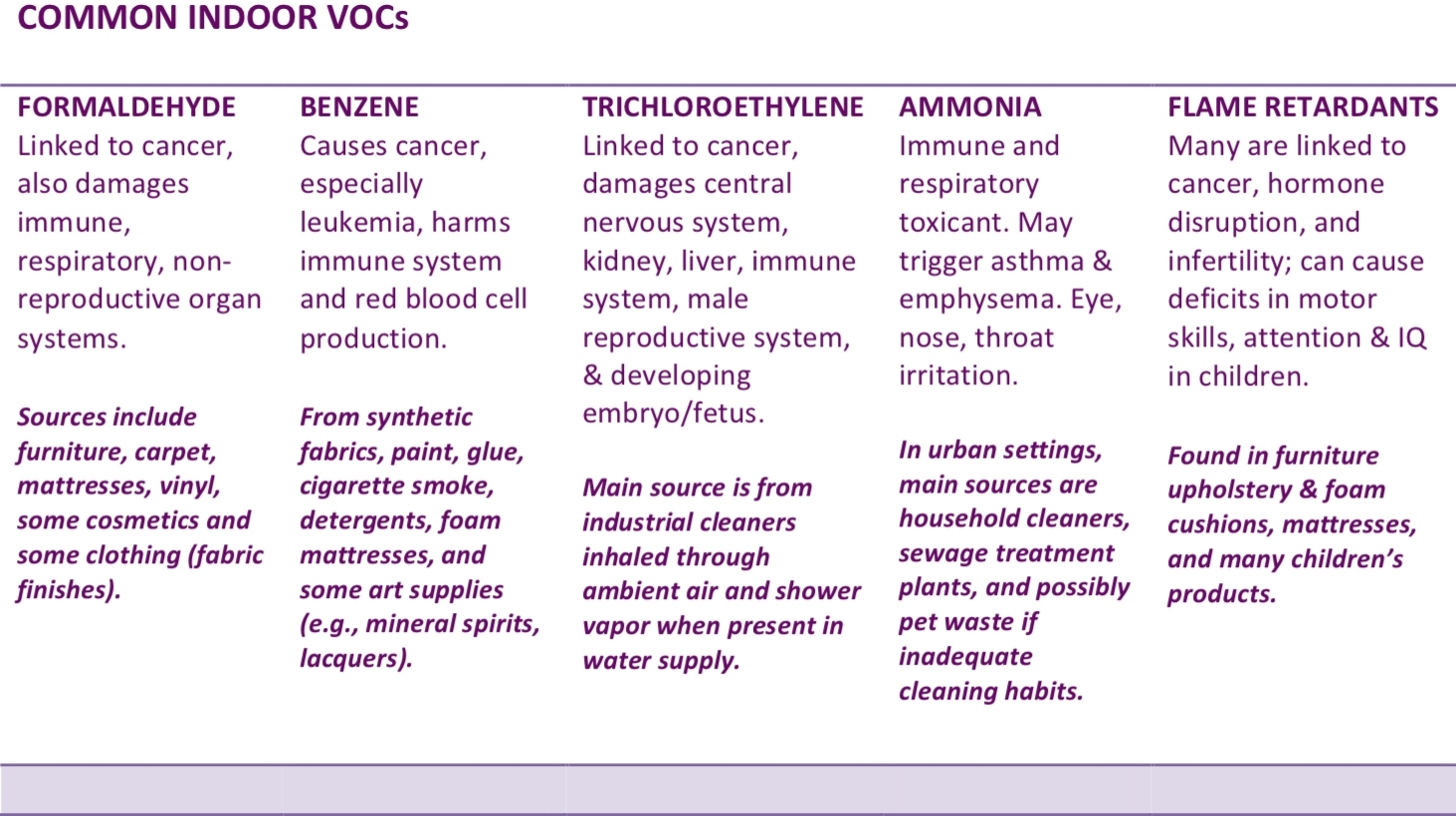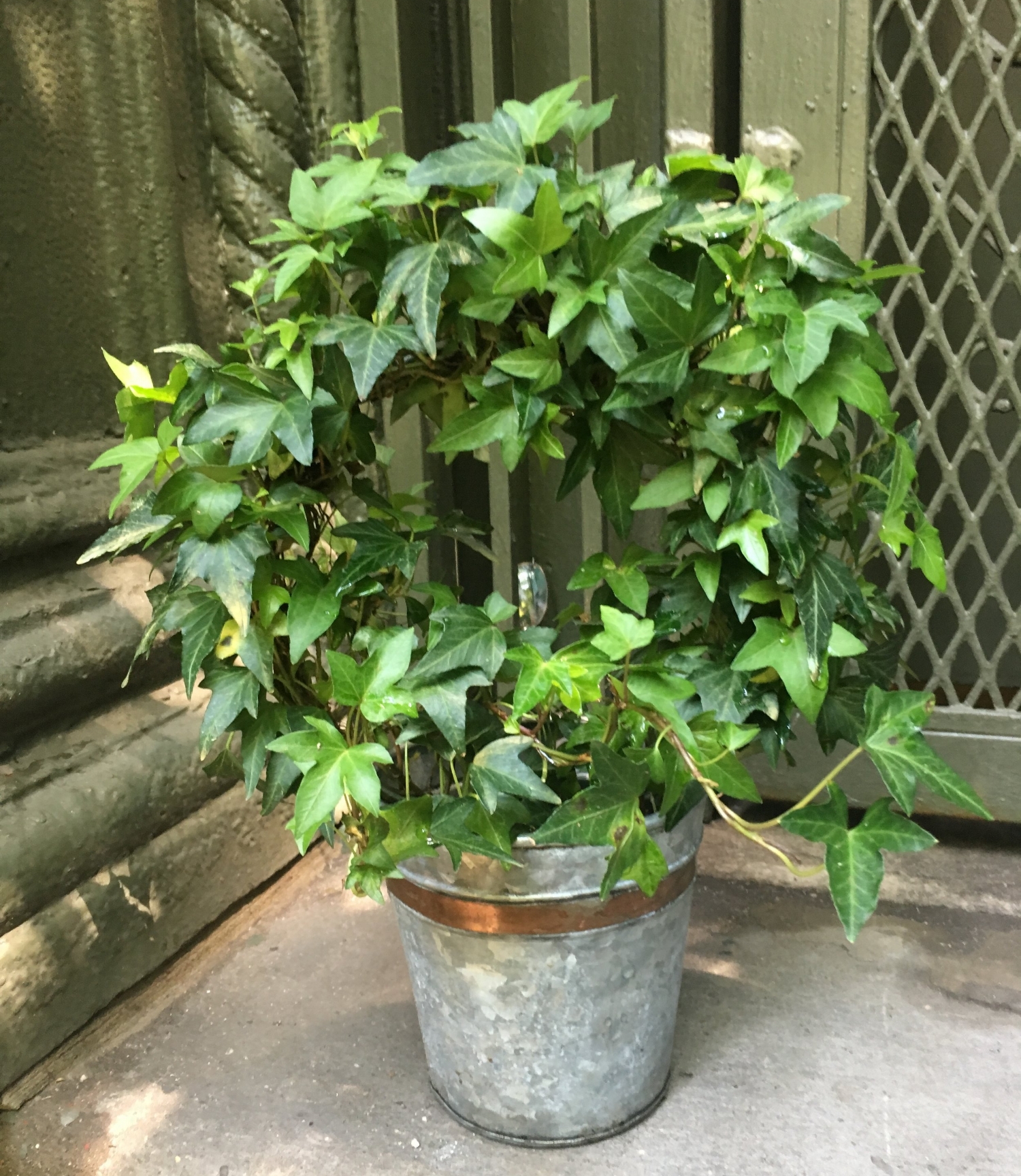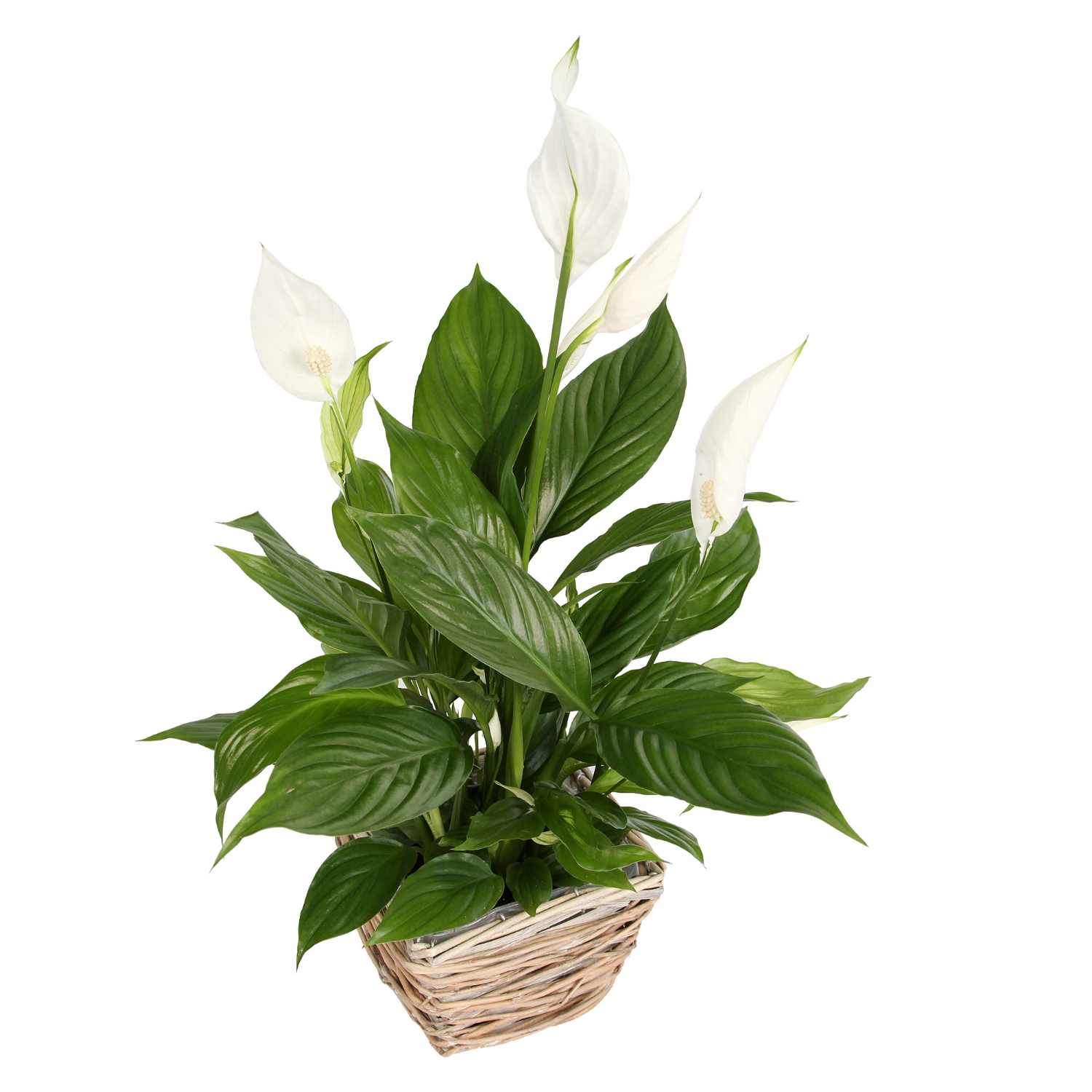PLANT POWER—TOP 8 PLANTS TO DETOX YOUR APARTMENT
/Did you know indoor air is often more polluted than outdoor air, even in huge gritty cities? Concentrations of many pollutants are up to 5 times higher indoors than outdoors. Take that data, and add the fact that Americans spend about 90% of their time inside.
Now for the good news. There is a beautiful, natural solution to toxic indoor air.
Studies show that plants are much more than feel-good decorative accessories—they kick ass at absorbing undesirable airborne chemicals in our homes and workspaces too.
It turns out, on top of absorbing CO2 and creating oxygen, certain plants are powerhouses at removing toxic volatile organic compounds (VOCs). The core data proving this comes from NASA research on plant filtering abilities in space stations, so it's legit.
Urbanites and their relatively smaller homes don’t need a whole jungle of green to get real purifying results. The rule of (green) thumb is one plant per 100 square feet. I have eleven plants in my 750 ft² apartment, including a rubber tree that is a cutting from a plant my dad road tripped with when he moved from SoCal forty years ago, and a twenty-year-old aloe vera plant a teacher gifted me. Bonus on top of the positive emotional connections—when researching this post, I found both species ranked high for filtering abilities. Here is the full list of my picks for apartment plants. The criteria: low maintenance, high filtering, and good looking.
My Top 8 Detoxifying Plants
1. Golden pothos
Does well in low light
Water when top layer of dirt is dry to touch
Climbs and cascades for lovely vine-y look
Easy to grow new plants from cuttings
(toxic to dogs & cats)
2. English ivy
Tolerates low light or only interior light
Water approximately every 2 weeks
Very hardy, good for forgetful plant owners
Climber, can be trained to decorative shapes
(toxic to dogs & cats)
3. Boston fern
Likes indirect light
Water to keep soil moist to the touch
Place in cool, humid environment and mist during dry winter season
Lush, tropical look though a bit finicky
(dog & cat safe)
4. Spider plant
Prefers indirect sun and humidity - good for bathroom windows
Water about once a week, or when soil surface feels dry - let drain so roots aren't wet
Does fine in regular pots, but makes a great hanging plant
Very easy to grow new plants from the "babies", or shoots
(dog & cat safe)
5. Aloe vera
Does best with lots of bright indirect light
Desert plant, succulent - retains water, prefers dry soil
Very hardy, easy to grow. Mine is over 15 years old!
Gel in leaves is excellent remedy for burns, bug bites or healing scars
(toxic to dogs & cats)
6. Peace lily
Bright light but no direct sun - tolerates low light but may not flower
Water at least once a week and keep soil evenly moist - make sure pot has drainage holes to prevent root rot
Droops dramatically when needs water, may even look dead, but springs back to life after a good soaking
Produces lovely white blooms
(toxic to dogs & cats)
7. Snake plant
Minimal light required - perfect for offices or other spots without much natural light
Very resilient even if not watered for weeks on end
Just about impossible to kill - ideal for brown thumbs, frequent travelers, dark apartments
(toxic to dogs & cats)
8. Rubber plant
Prefers indirect, bright light but low light okay
Water about once a week, when top of soil feels dry, soak until water drains from bottom
Wipe off leaves when dusty for shine and better respiration/filtering
Produces latex when cut - not the same kind used to make natural rubber but it can burn the skin so prune with care
Can become very tall, easily growing to the ceiling - pruning keeps them fuller and shorter
(toxic to dogs & cats)
(Pet owners: as noted, some plants are toxic if eaten by cats and/or dogs. See this complete list from the ASPCA).
Sharing your apartment or office with air purifying plants also brings the benefits of homemade oxygen, plus positive effects on mood and mind. Experiencing the strong, uplifting plant-human connection is an expression of biophilia, or the innate love of the natural world. There is plenty of proof that being around greenery significantly reduces stress and improves healing. In fact, research also shows rooms with plants contain up to 60 percent fewer bacteria and airborne molds and than rooms without. If that’s not enough, they also balance indoor humidity levels which can relieve dry skin and coughs.
Yes, plant power is real!











